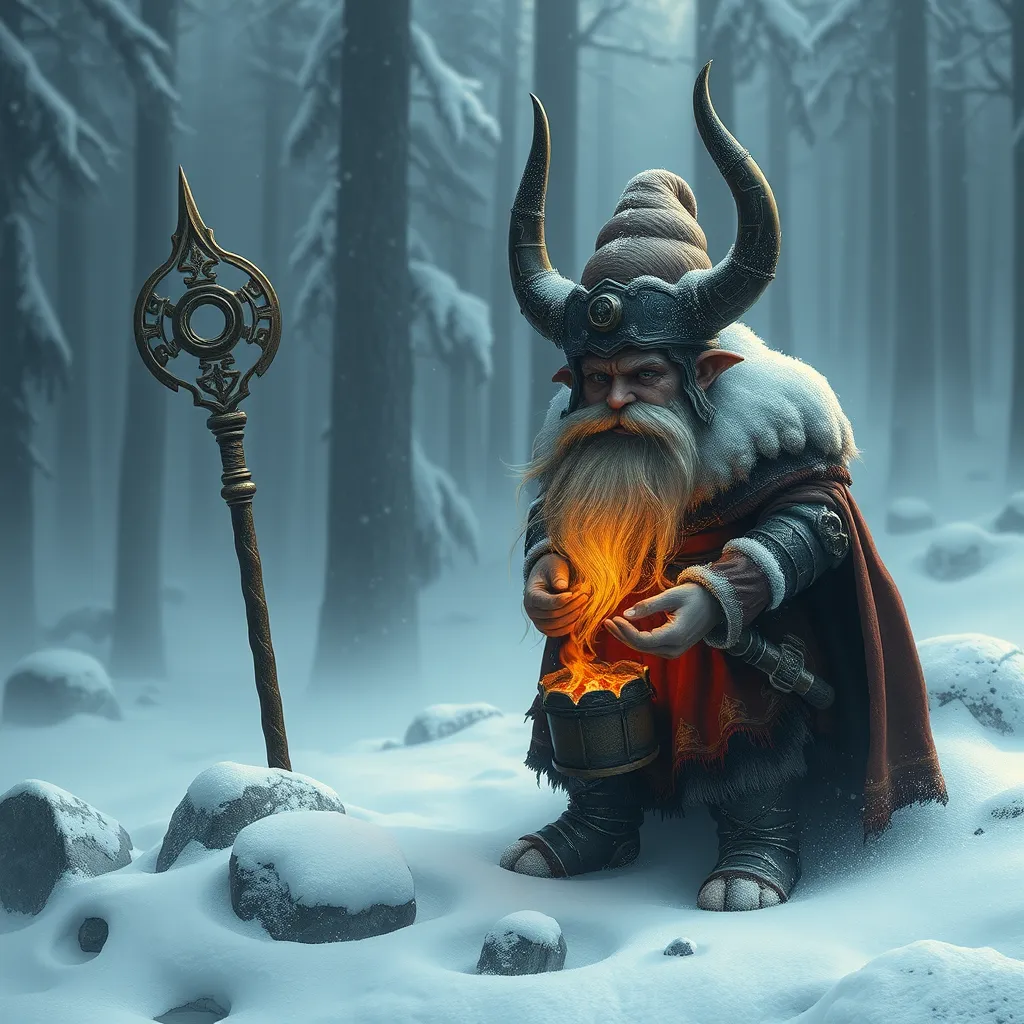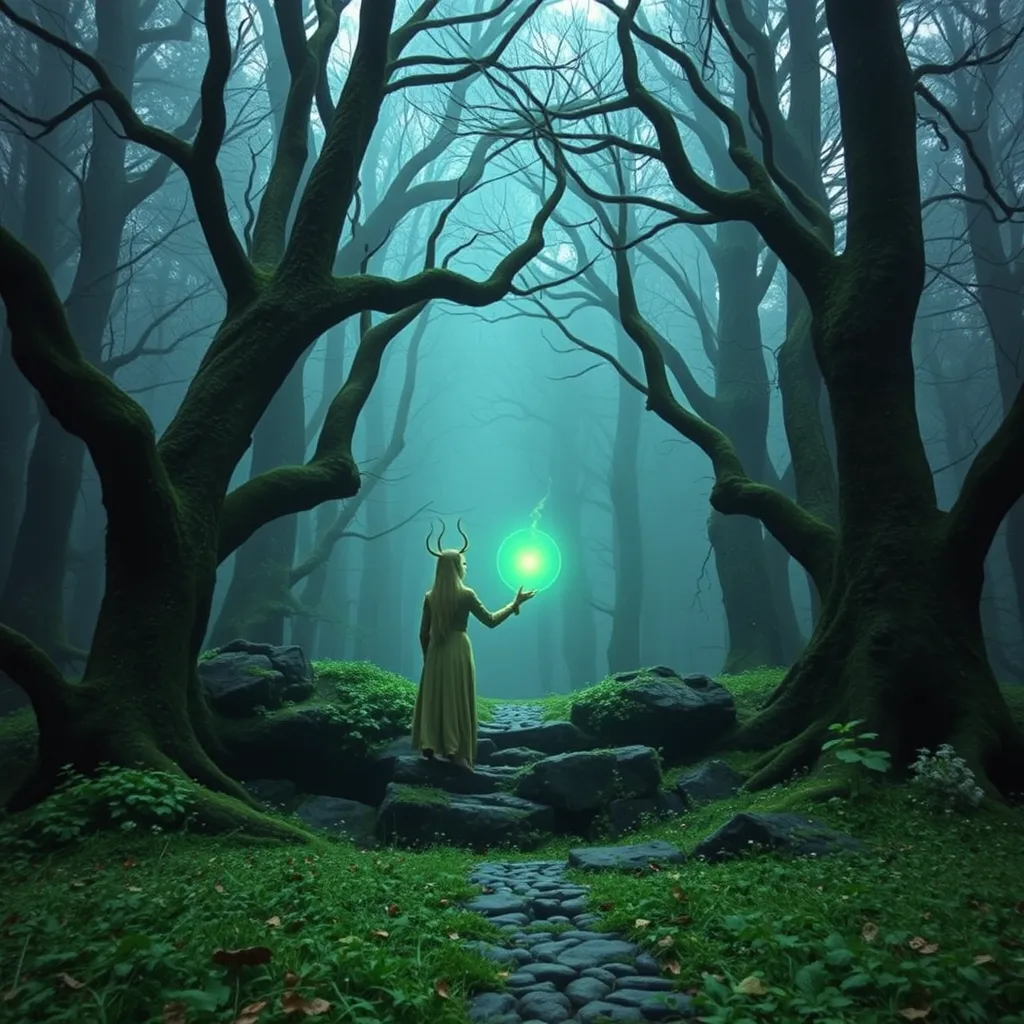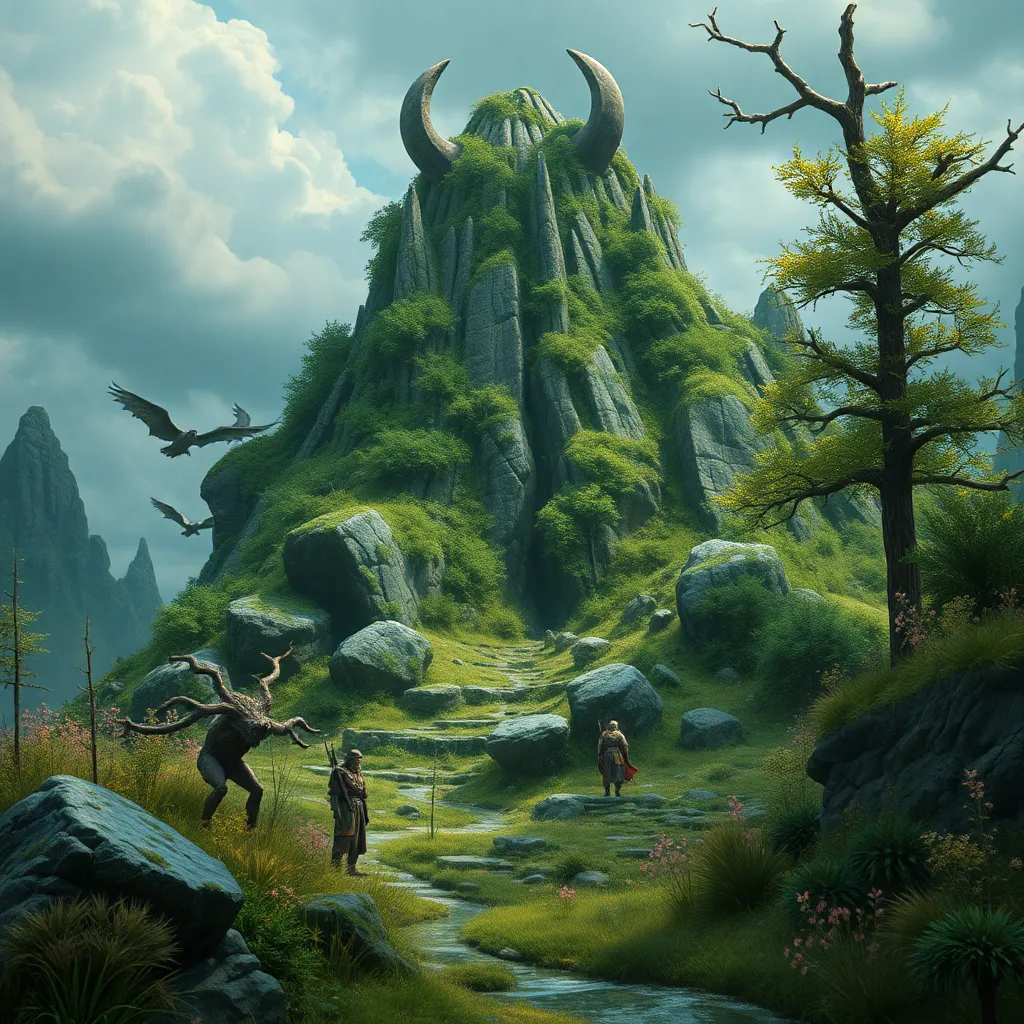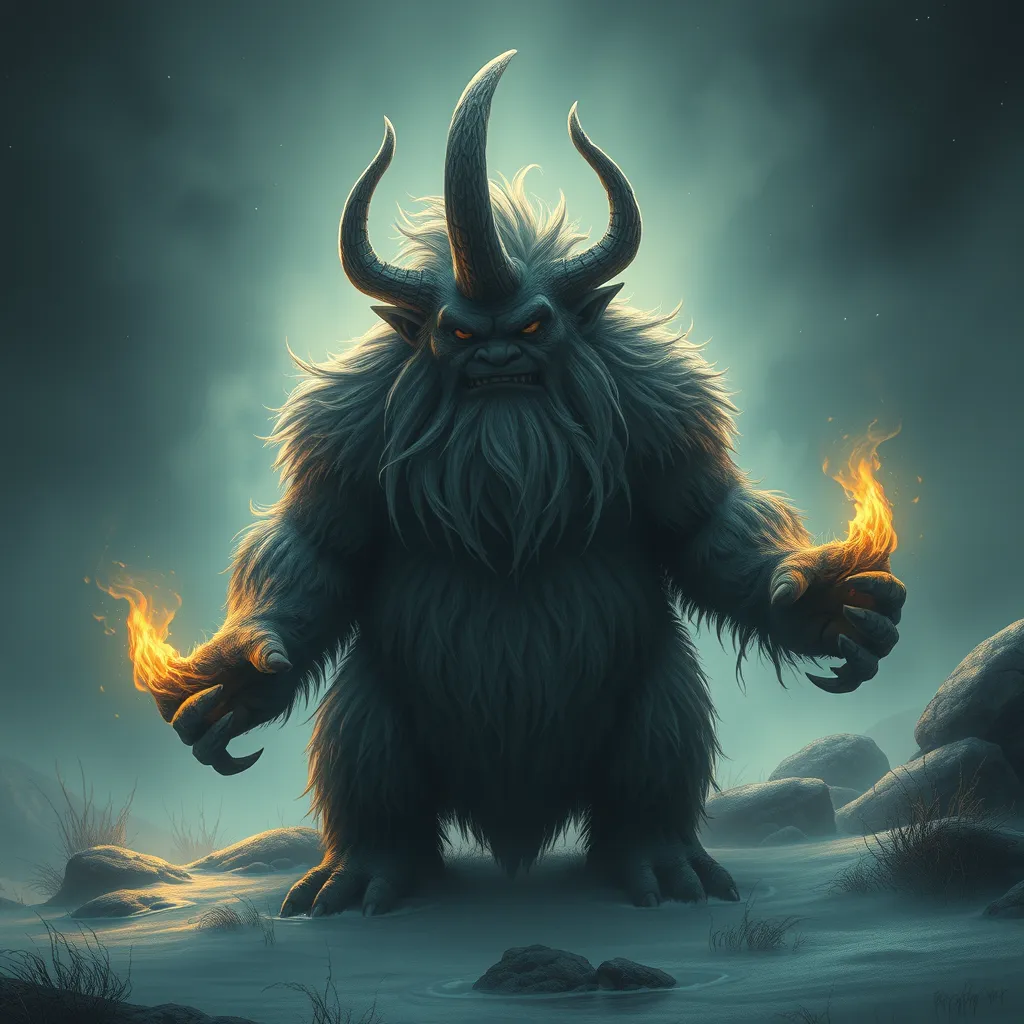The Dwarven Prophecy: Unveiling the Future of Dwarf Culture in Finnish Mythology
I. Introduction
Finnish mythology is a rich tapestry of stories and beliefs that reflect the values and traditions of the Finnish people. Among the many fascinating elements of this mythology are the dwarves, enigmatic beings who play significant roles in various narratives. These small but mighty creatures are often depicted as master craftsmen, guardians of the earth’s treasures, and wise beings with deep connections to nature. This article aims to explore the Dwarven Prophecy, a pivotal aspect of dwarf culture in Finnish mythology, and its implications for the future of this captivating tradition.
II. Historical Context of Dwarf Culture in Finnish Mythology
The origins of dwarf lore in Finnish tradition can be traced back to ancient beliefs and practices. Dwarves, or “kääpiö” in Finnish, have long been associated with the earth and the underworld, often depicted as beings who dwell in mountains and caves.
Influence from neighboring mythologies, particularly those of the Norse and Sami cultures, has shaped the understanding of dwarven characters in Finnish lore. The similarities and differences highlight a unique cultural perspective that emphasizes craftsmanship and connection to the natural world.
Key texts such as the “Kalevala,” a 19th-century compilation of Finnish folk poetry, document dwarf culture and lore, serving as primary sources for understanding their significance in Finnish mythology.
III. The Dwarven Prophecy: Definition and Significance
The term “Dwarven Prophecy” refers to a collection of myths and sayings that predict the future of dwarf culture and its role within the broader context of Finnish mythology. This prophecy is often imbued with themes of change, resilience, and the importance of maintaining traditional crafts.
Key themes and symbols within the prophecy include:
- Craftsmanship: The idea that dwarves are the ultimate craftsmen, shaping the world through their skills.
- Wisdom: Dwarves are often depicted as wise beings who possess ancient knowledge.
- Connection to Nature: Dwarves are seen as guardians of the earth, maintaining balance in the natural world.
The cultural significance of prophecy in Finnish folklore lies in its ability to provide insight into the values and aspirations of the dwarf community, serving as a guiding principle for future generations.
IV. Major Characters and Figures in the Dwarven Prophecy
Within the Dwarven Prophecy, several prominent characters emerge, each with their unique attributes and stories. Some notable figures include:
- Ilmarinen: A master smith known for forging magical artifacts, including the Sampo, a symbol of prosperity.
- Väinämöinen: A wise hero who interacts with dwarves and guides them in their quests.
- Tapio: The god of the forest who often collaborates with dwarven figures to protect nature.
The relationships between these characters and their interactions with gods, humans, and other mythical beings reveal the complexities of dwarf culture and its interconnectedness with Finnish mythology. The character arcs often reflect themes of growth, sacrifice, and the importance of preserving one’s heritage.
V. Dwarven Craftsmanship and Its Role in the Prophecy
Craftsmanship is at the heart of dwarf identity in Finnish mythology. Dwarves are renowned for their exceptional skills in metalwork, stone carving, and other crafts that contribute to their reputation as master artisans.
Notable artifacts created by dwarves include:
- The Sampo: A magical object that brings prosperity and good fortune.
- Magical weapons: Such as swords and shields with protective properties.
- Jewelry: Intricately designed items that reflect the artistry of dwarven culture.
The Dwarven Prophecy emphasizes the importance of these crafts, suggesting that future generations must uphold these traditions to ensure the survival of dwarf culture. The prophecy serves as a reminder of the need for innovation while respecting the past.
VI. The Prophecy’s Reflection on Modern Dwarf Culture
In contemporary society, the interpretations of dwarven mythology have evolved, reflecting changes in cultural perspectives. Modern literature and art often draw on the themes of the Dwarven Prophecy, reimagining dwarves in both traditional and innovative ways.
Influence of the prophecy on contemporary literature and art includes:
- Fantasy novels that explore dwarven societies and their struggles.
- Visual arts that depict dwarves in new contexts, blending traditional motifs with modern aesthetics.
- Film and animation that reintroduce dwarven characters to new audiences, often highlighting their craftsmanship.
There is a revitalization of dwarf culture within Finnish society, as communities recognize the importance of preserving these narratives and traditions. Festivals, workshops, and educational programs are being developed to celebrate and share dwarven lore.
VII. Challenges and Opportunities for Dwarf Culture
Despite the revival of interest in dwarf culture, several challenges persist. Societal perceptions and stereotypes can often undermine the rich heritage of dwarves, leading to misconceptions about their roles and significance.
Preservation of tradition in a modern context is vital. Balancing the ancient beliefs with contemporary practices poses both challenges and opportunities for cultural exchange. Some ways to address these challenges include:
- Encouraging dialogue between traditional craftsmen and modern artists.
- Utilizing technology to document and share dwarf lore.
- Creating inclusive spaces for discussions about cultural identity.
VIII. Conclusion
The Dwarven Prophecy provides profound insights into the essence of dwarf culture within Finnish mythology. It highlights the interconnectedness of craftsmanship, wisdom, and nature, serving as a guiding light for future generations. As society evolves, the relevance of these myths remains significant, reminding us of the importance of cultural heritage in our lives.
In contemplating the future of dwarf culture, it is essential to embrace both tradition and innovation, ensuring that the legacy of these remarkable beings continues to thrive in the modern world. The stories of dwarves, their craftsmanship, and their prophecies will continue to inspire and educate, fostering a deeper appreciation for Finnish mythology.



